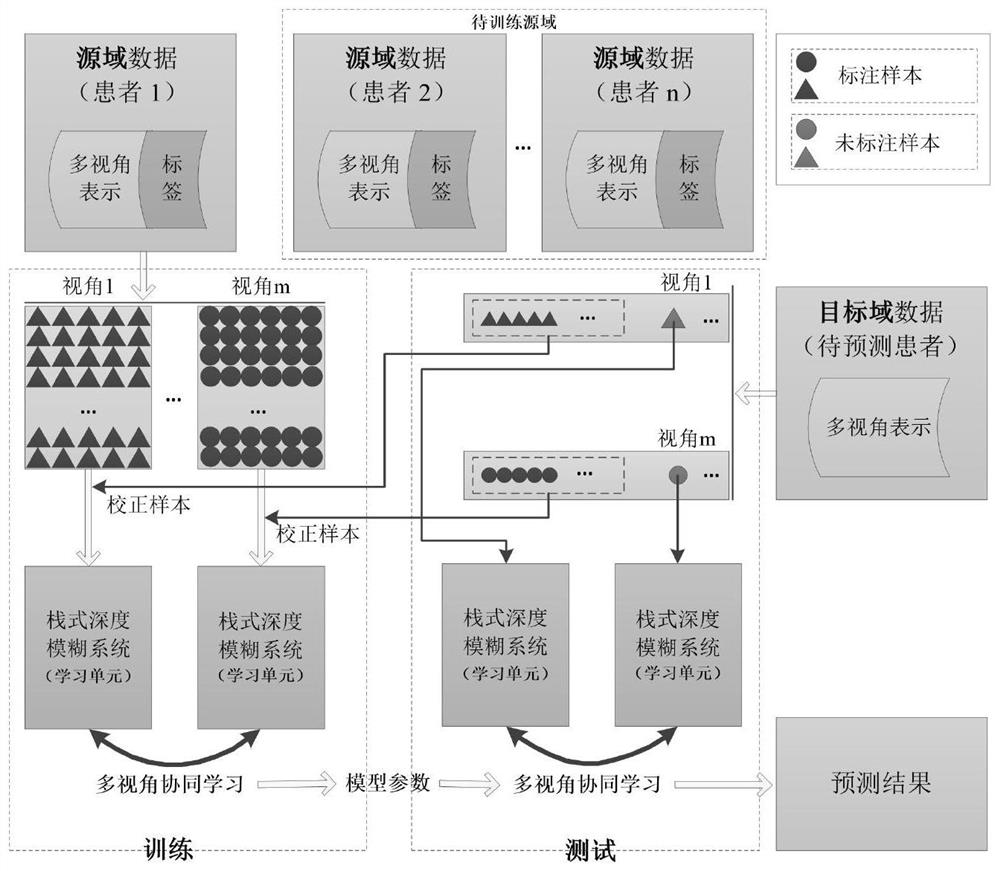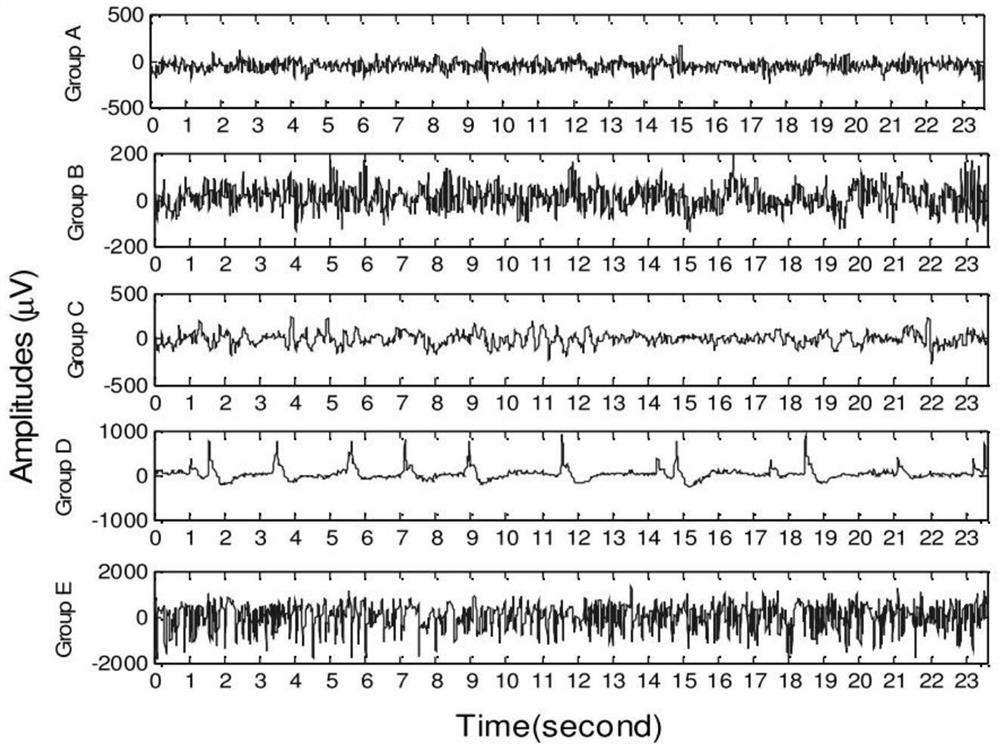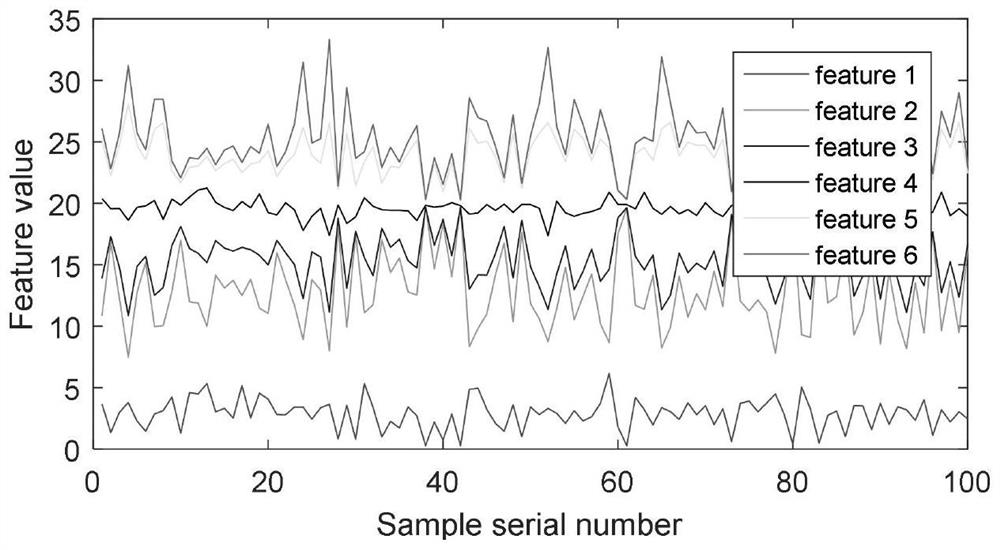Online multi-feature space migration identification method for scalp electroencephalogram signals
A recognition method and technology of electrical signals, applied in the medical field, can solve the problems of high cost, insufficient number of samples, single representation, etc., and achieve the effect of improving efficiency
- Summary
- Abstract
- Description
- Claims
- Application Information
AI Technical Summary
Problems solved by technology
Method used
Image
Examples
Embodiment Construction
[0037] The technical solutions in the embodiments of the present invention will be clearly and completely described below with reference to the accompanying drawings, so that those skilled in the art can better understand the advantages and features of the present invention, and thus make the protection scope of the present invention clearer definition. The described embodiments of the present invention are only a part of the embodiments of the present invention, rather than all the embodiments. Based on the embodiments of the present invention, all other implementations obtained by those of ordinary skill in the art without creative work For example, all belong to the protection scope of the present invention.
[0038] 1. Experimental data
[0039] A dataset of EEG signals for studying epilepsy was successfully applied for from the University of Bonn, Germany (http: / / www.meb.uni-bonn.de / epileptologie / science / physik / eegdata.html). The dataset includes five subsets A, B, C, D...
PUM
 Login to View More
Login to View More Abstract
Description
Claims
Application Information
 Login to View More
Login to View More - R&D
- Intellectual Property
- Life Sciences
- Materials
- Tech Scout
- Unparalleled Data Quality
- Higher Quality Content
- 60% Fewer Hallucinations
Browse by: Latest US Patents, China's latest patents, Technical Efficacy Thesaurus, Application Domain, Technology Topic, Popular Technical Reports.
© 2025 PatSnap. All rights reserved.Legal|Privacy policy|Modern Slavery Act Transparency Statement|Sitemap|About US| Contact US: help@patsnap.com



